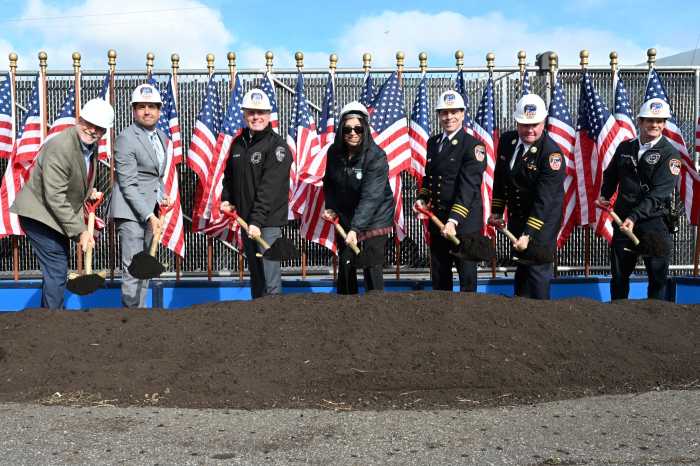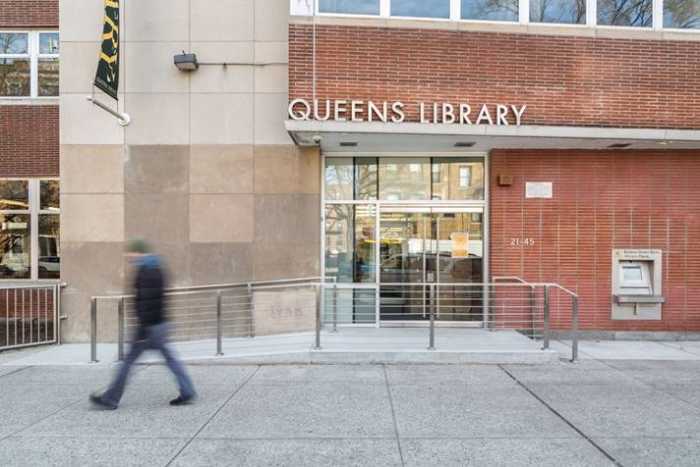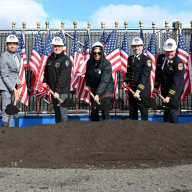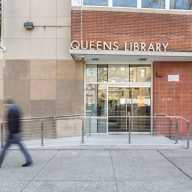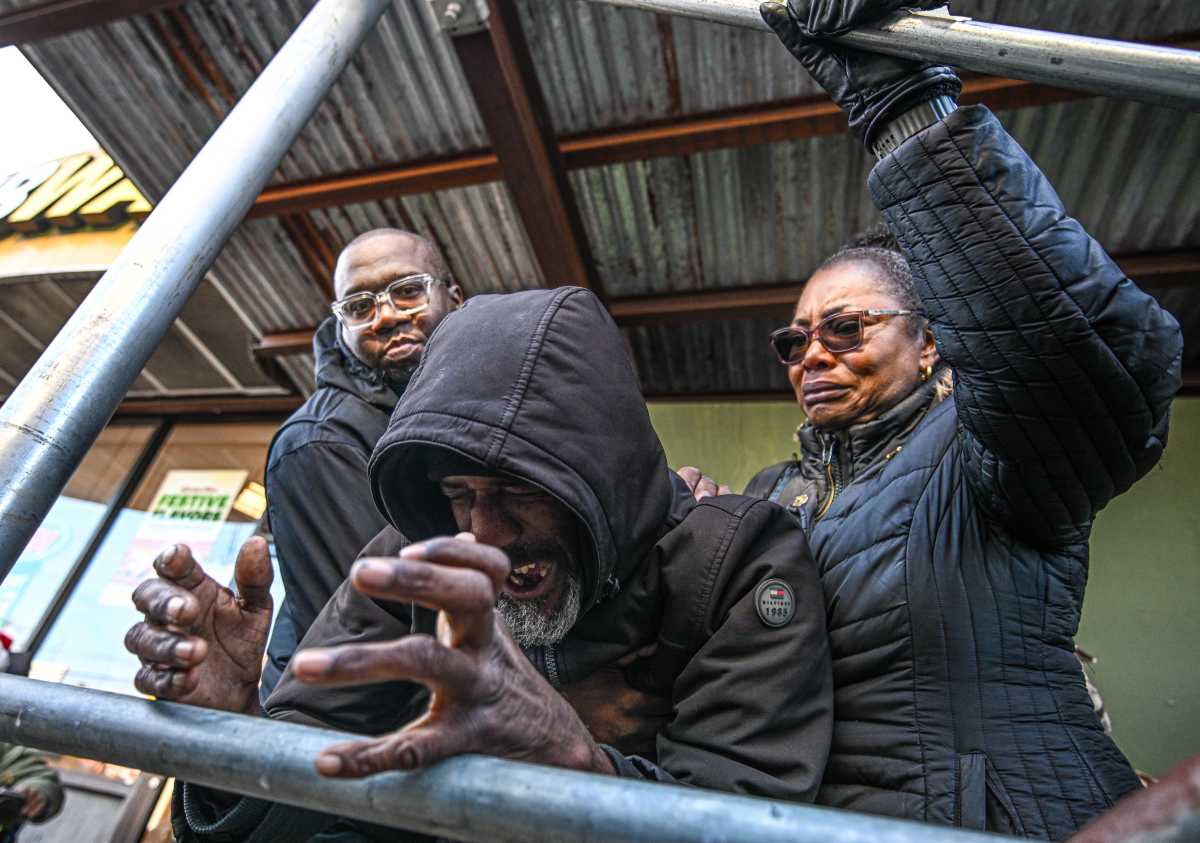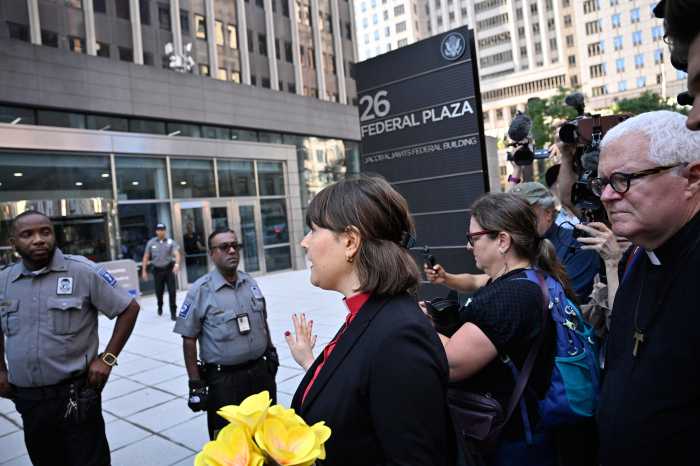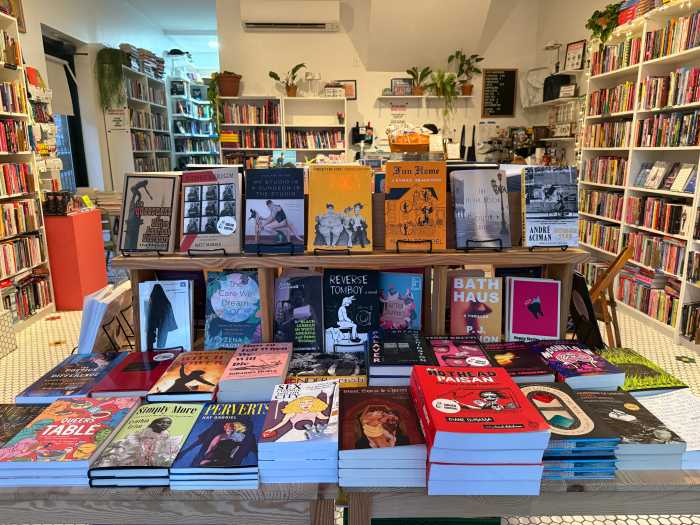By Dustin Brown
Fifty years later, his boyish enthusiasm for the joy of movement endures – and it tends to be infectious.
Just ask anyone who attended last year's Queens debut of the Paul Taylor Dance Company at Queens Theatre in the Park. The dancers were treated to standing ovations for each show, said QTP spokesman Sam Rossi.
“Two days after they left, we put in the call” inviting the company to return this season, he said.
Taylor's characteristic playfulness – that exuberant, almost giddy love of movement – was on fine display last weekend when his company appeared for its second engagement in as many years at QTP. The program backtracked through three decades of Taylor choreography, opening with his 1999 work “Arabesque,” then jumping back to “Syzygy” (1987) and closing with “Esplanade” (1975).
Queens isn't the only place to invite him back. In the 45 years since he founded his company, Paul Taylor has attained a popularity that is almost unheard of in modern dance. In many ways, his current resume reads more like Hollywood than downtown. He has created dances for television, served as the subject of an Oscar-nominated documentary, and even acts as a sort of American dance ambassador, sending his company on tour across the United States and to more than 40 countries, often under the aegis of the State Department.
Like most modern choreography, Taylor's works don't so much tell a story as express an idea, typically revolving around a theme established in the title. His opening dance this weekend was a play on the term “arabesque,” which not only describes a ballet position, but also refers to a type of decoration found in Islamic art – an intertwined design featuring floral motifs.
The piece is imbued with an Eastern aesthetic, as established with angular movements – arms sharply bent at the elbow, hands and feet flexed – which alternate between aggressive athleticism and subdued sensuality. Bare-chested men are clad in intricate loin cloths, slit on the sides and hanging almost to the knees, while the women wear full-length dresses draped straight down their bodies, elegant, simple, and classical.
The piece ultimately depicts a sort of classical idyll, with dancers elegantly reclining on the floor or frolicking gleefully in a romantic chase.
If “Arabesque” feels like a romp through the meadow, then “Esplanade” is a walk in the park – literally. An esplanade is an open space used for public walks, and Taylor's piece plays with space and movement patterns while exploring the dancers' interactions in a common area.
The piece starts with a simple and elegant walking pattern, and ultimately builds up as dancers speed across the stage, assembling, dividing, reuniting in an endless kaleidoscope of human patterns.
While “Esplanade” and “Arabesque” share an elegance and precision typical of Taylor's choreography, the show's highlight is the delightfully irreverent “Syzygy,” in which the dancers shed pretensions of beauty and simply enjoy moving. The muscles that were so visibly taut and regal in
“Arabesque” release into limp elasticity here, as the dancers engage in a hyperactive, fidgety, yet utterly nonchalant movement style that captivates and excites. In “Syzygy,” beauty isn't about the length of the arm or the height of the leg – it's about the joy of motion, constant motion.
It reminds us of what inspired Paul Taylor to dance in the first place.
For information on upcoming performances in a variety of disciplines at Queens Theatre in the Park, call 718-760-0064.


